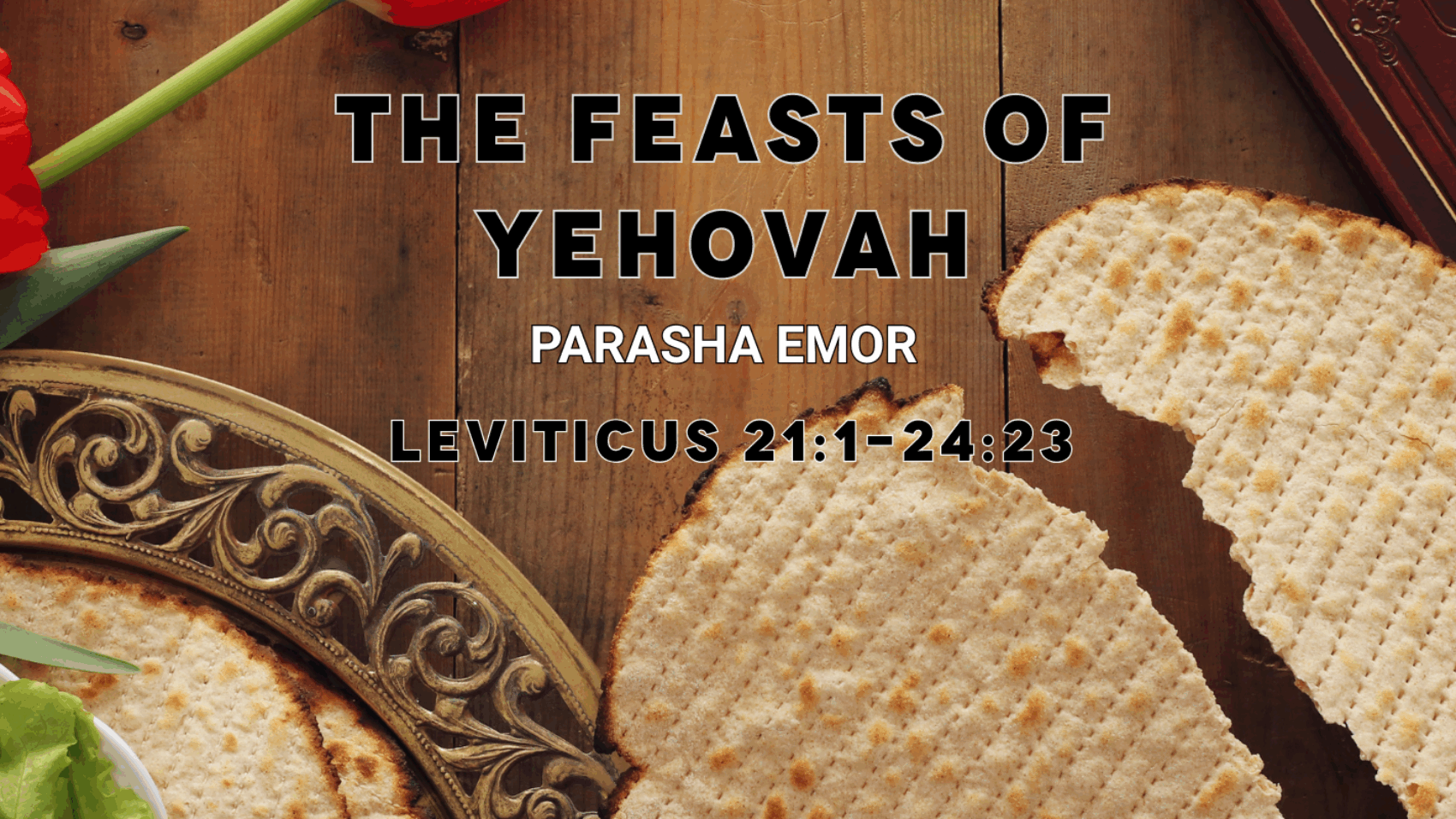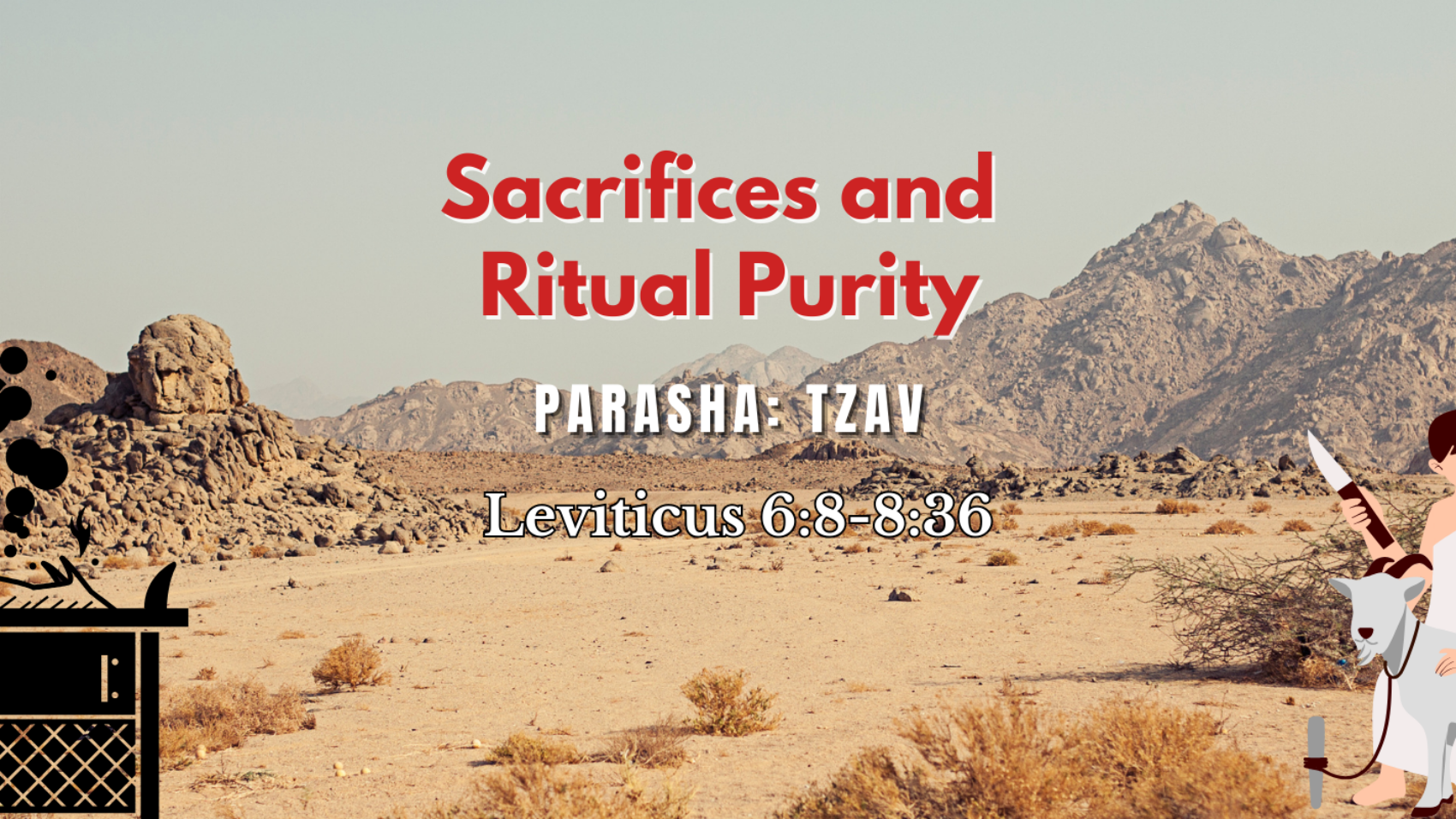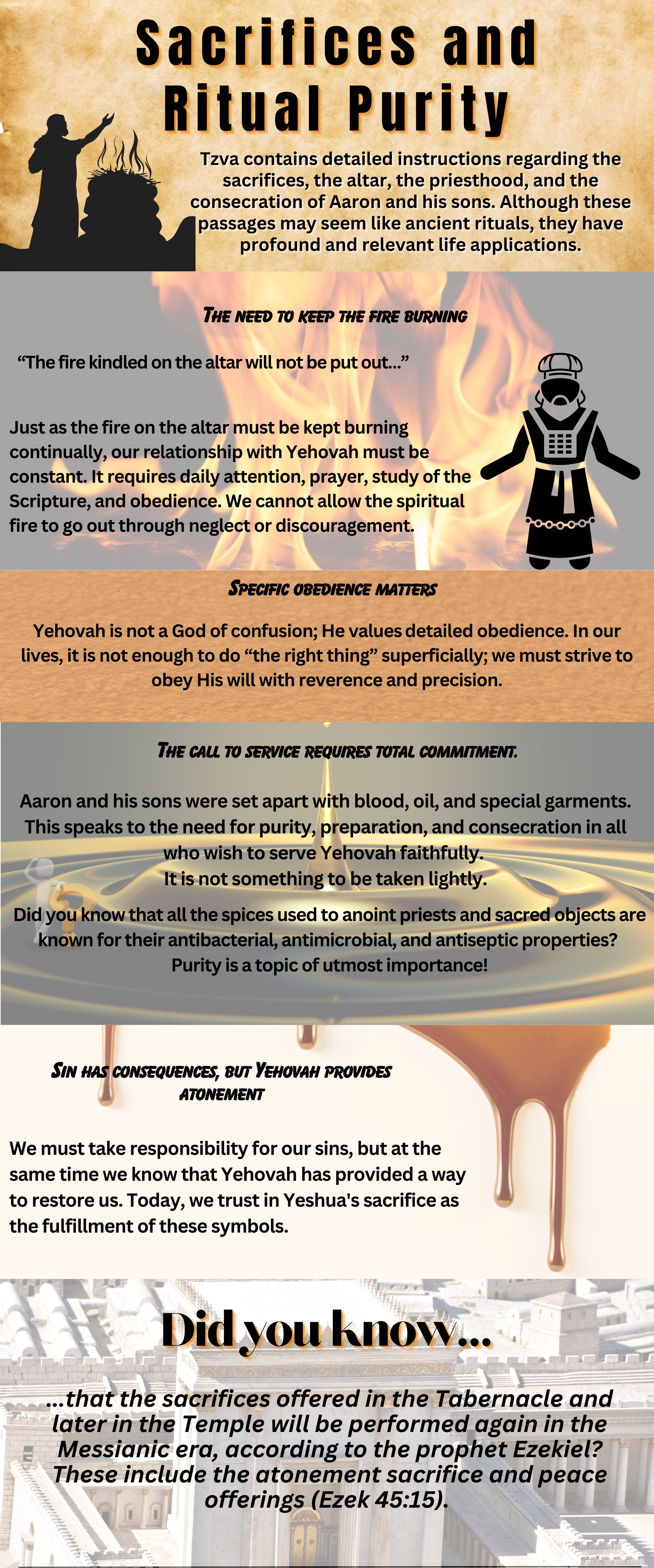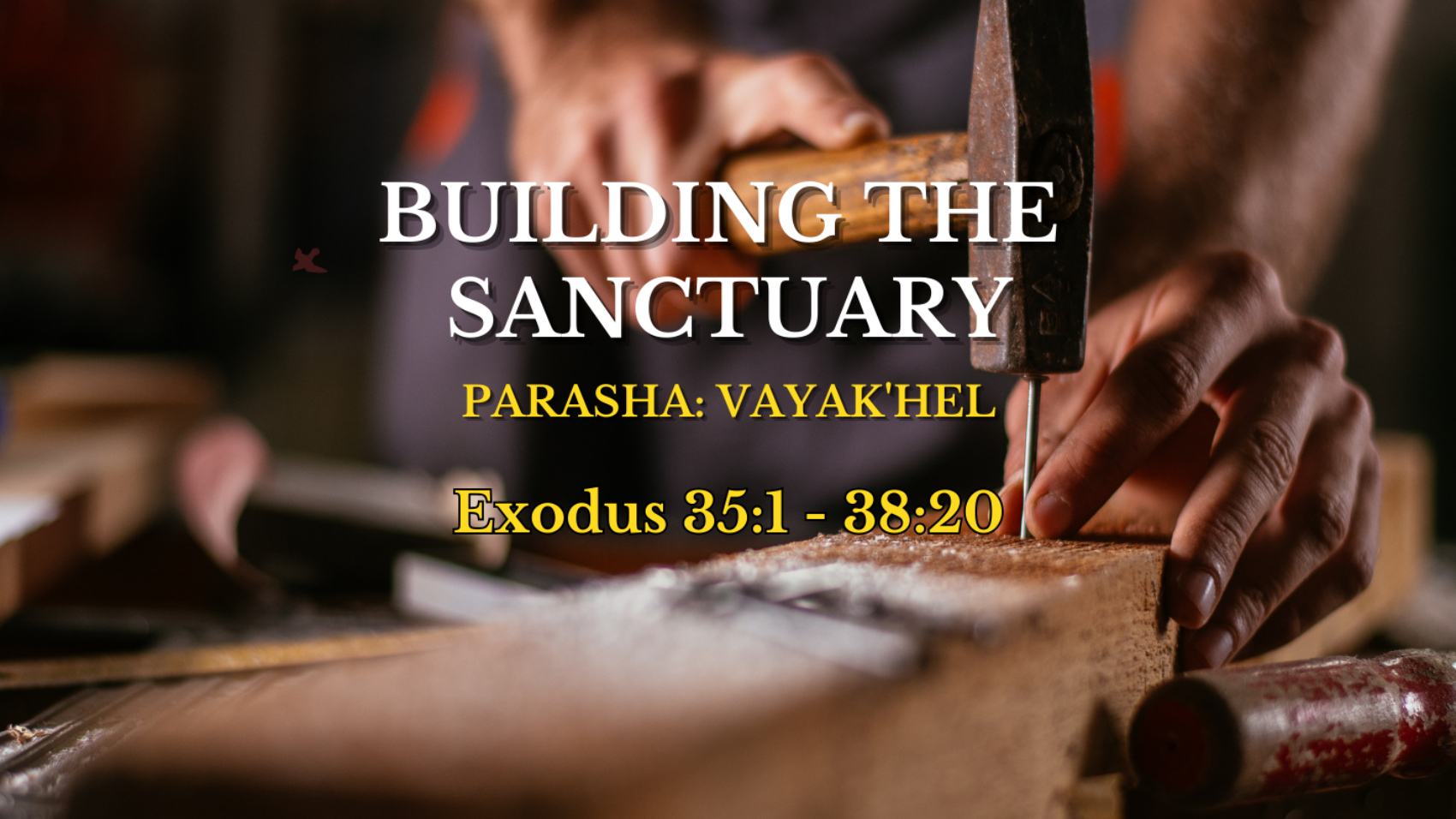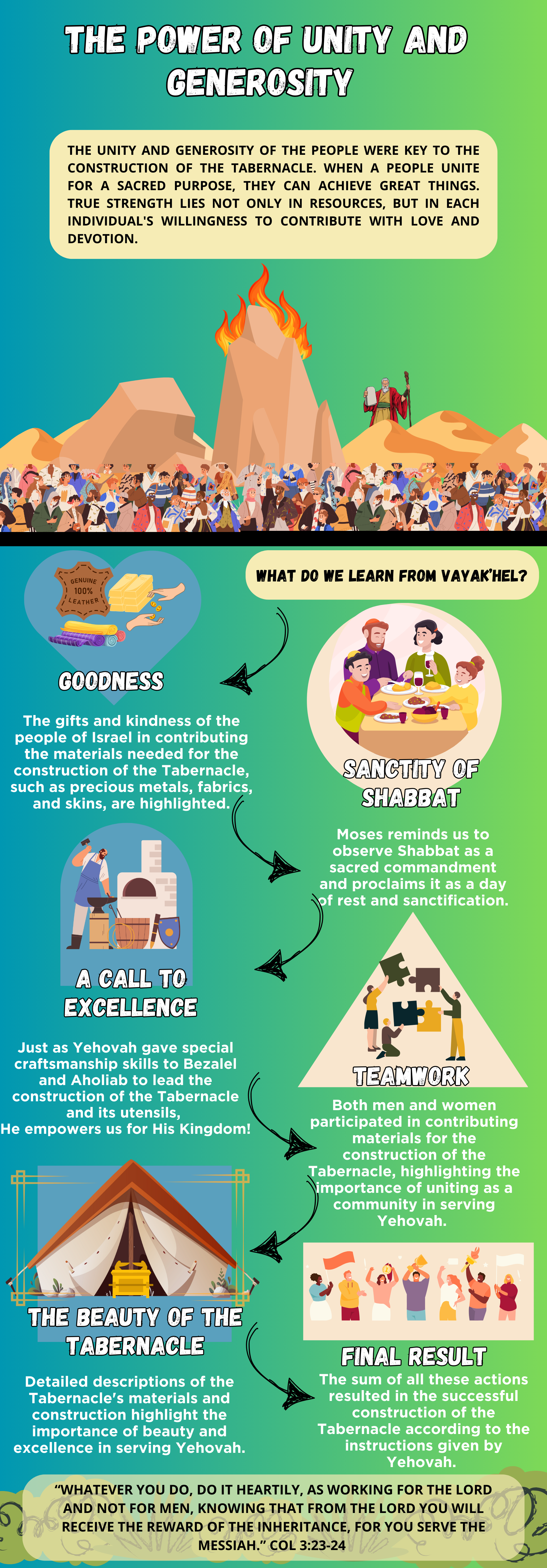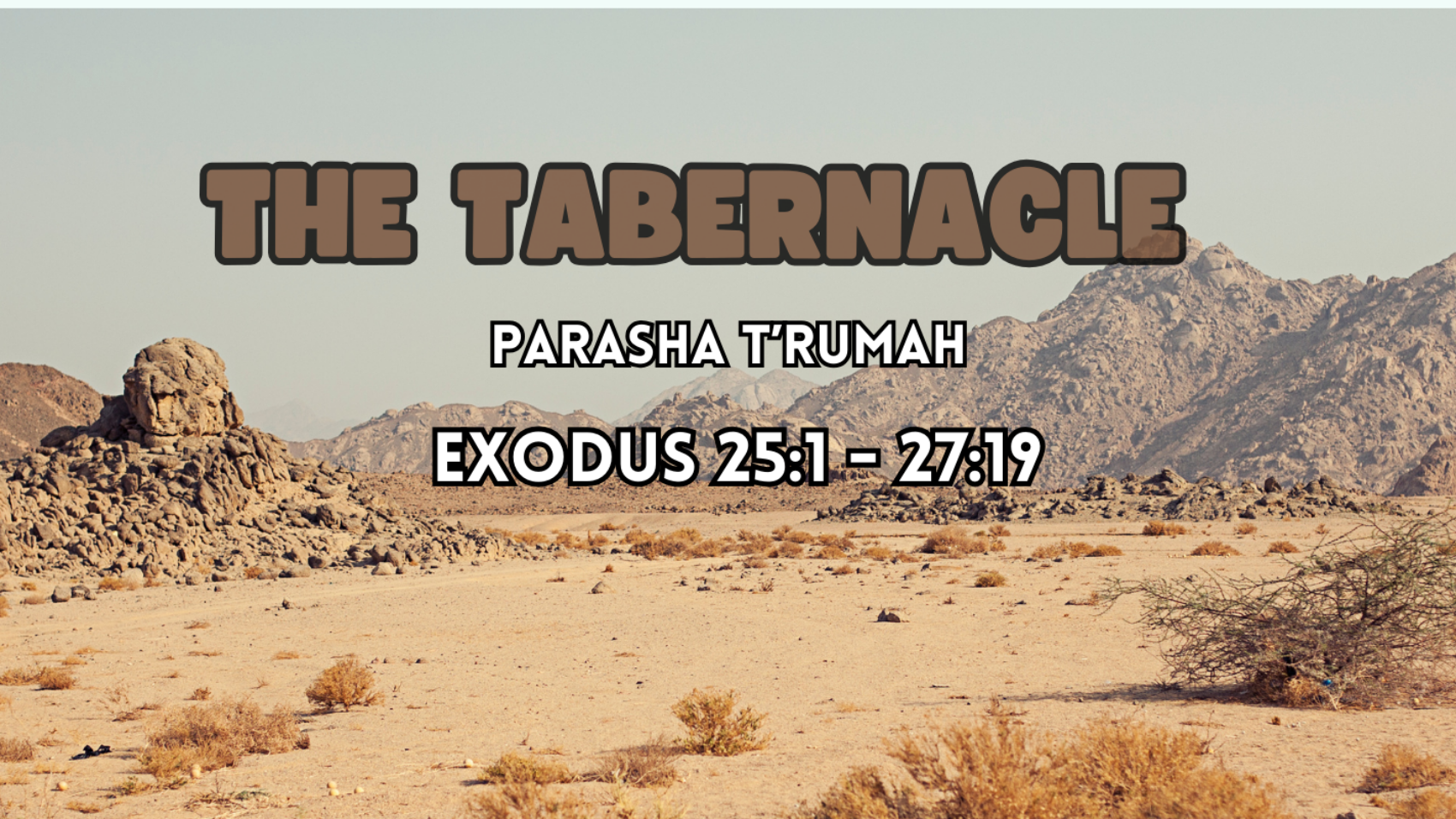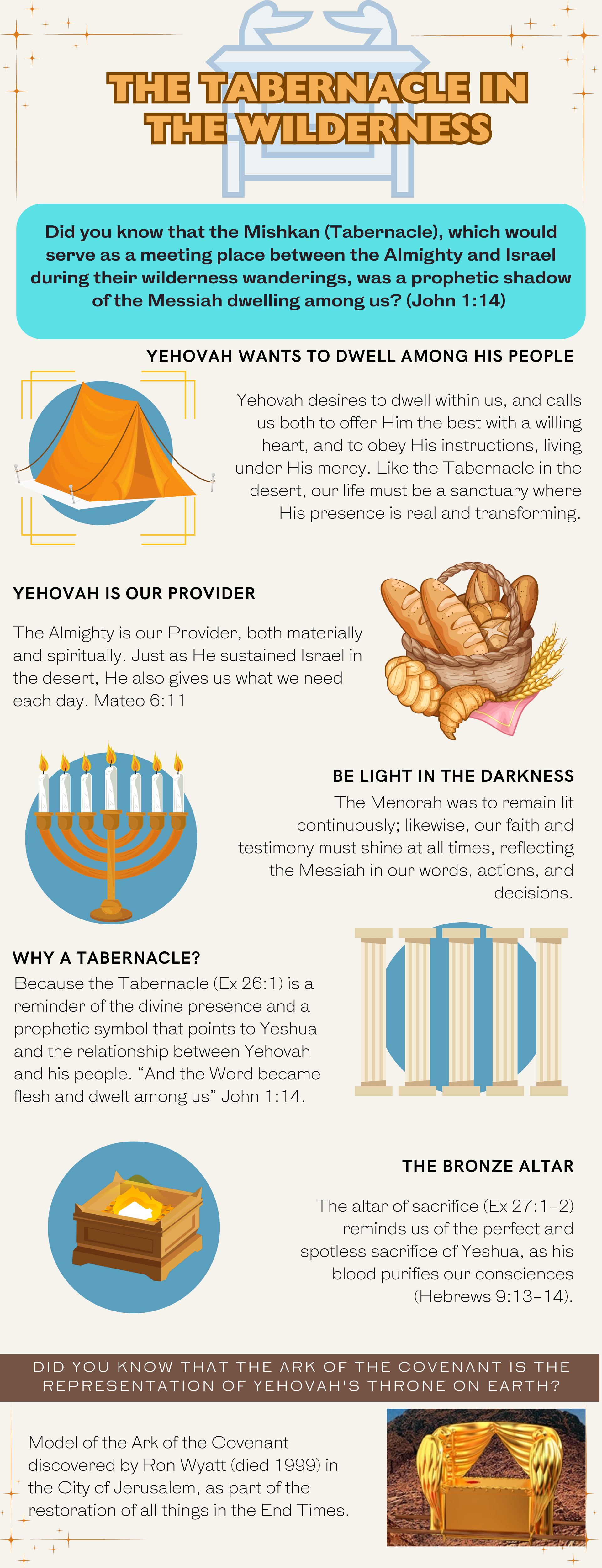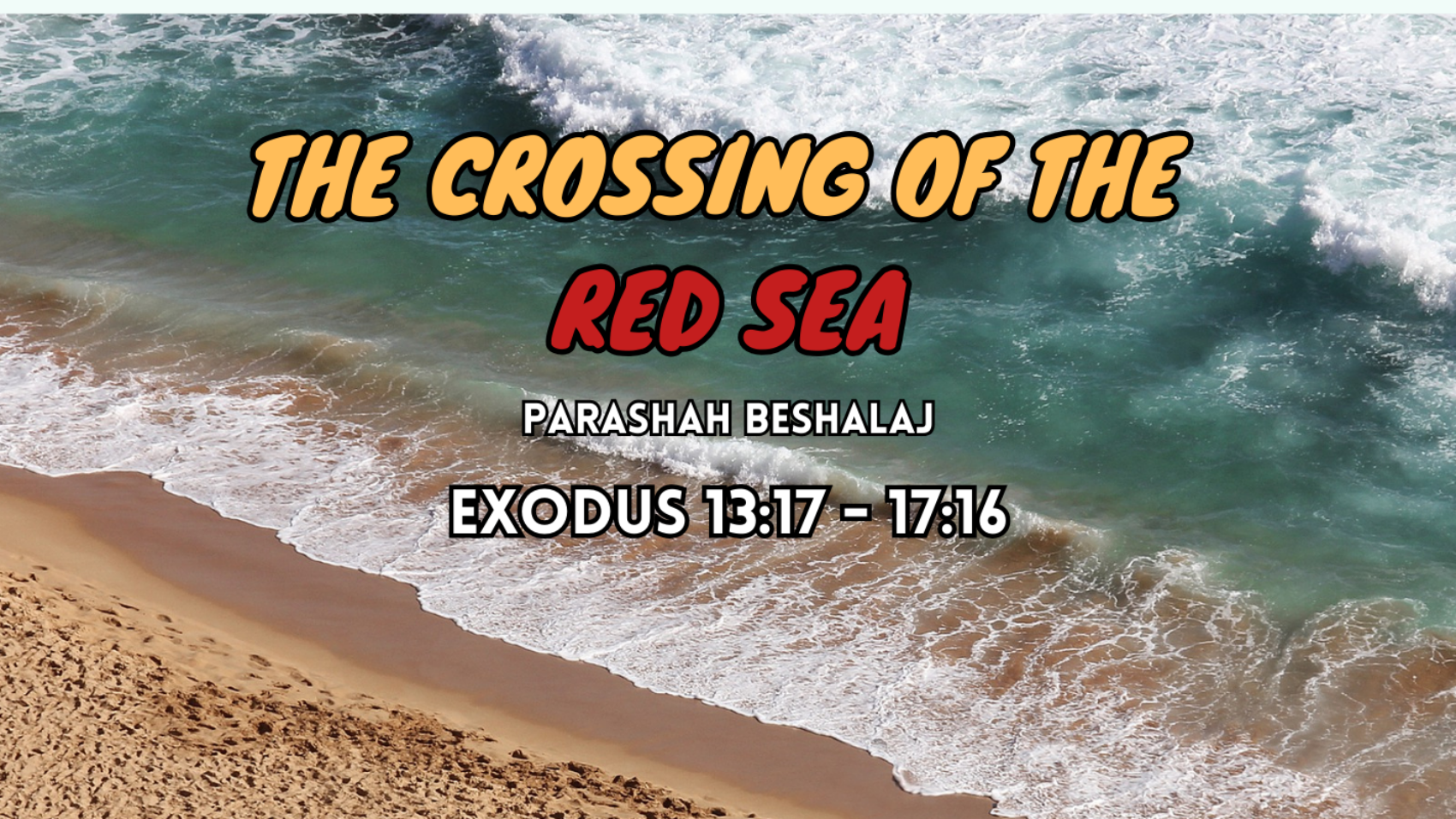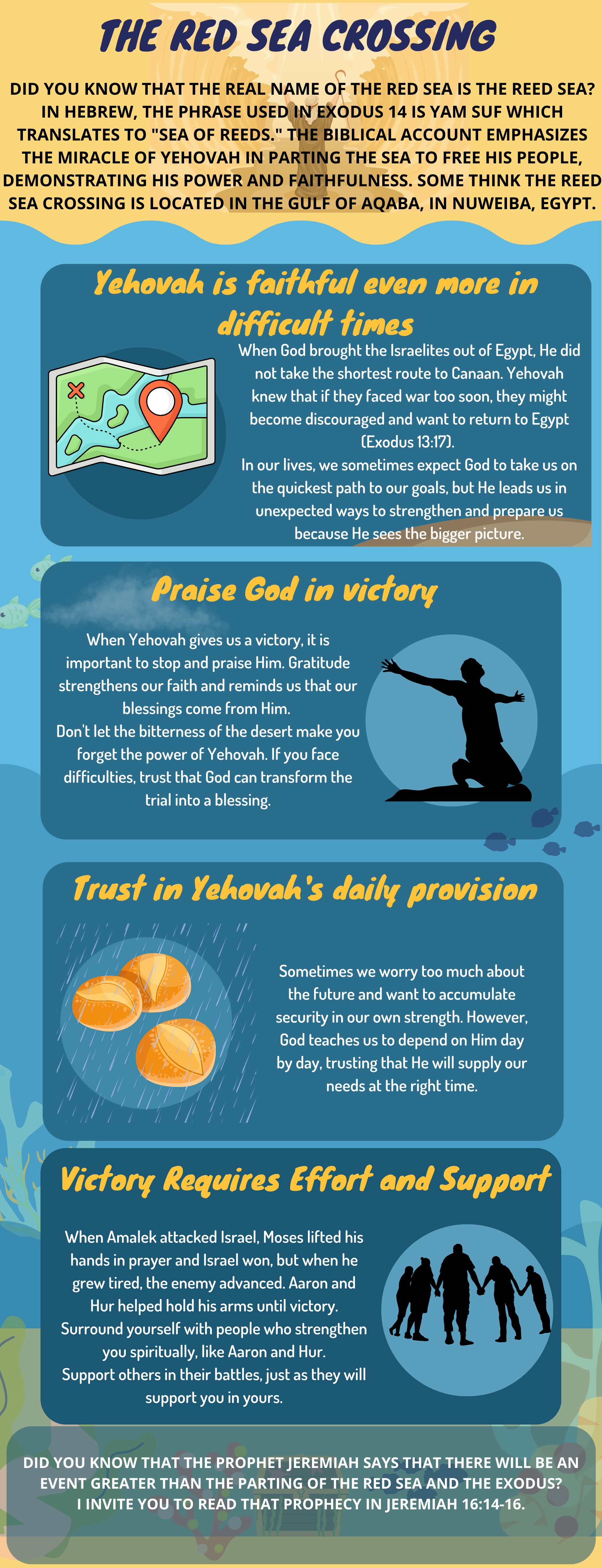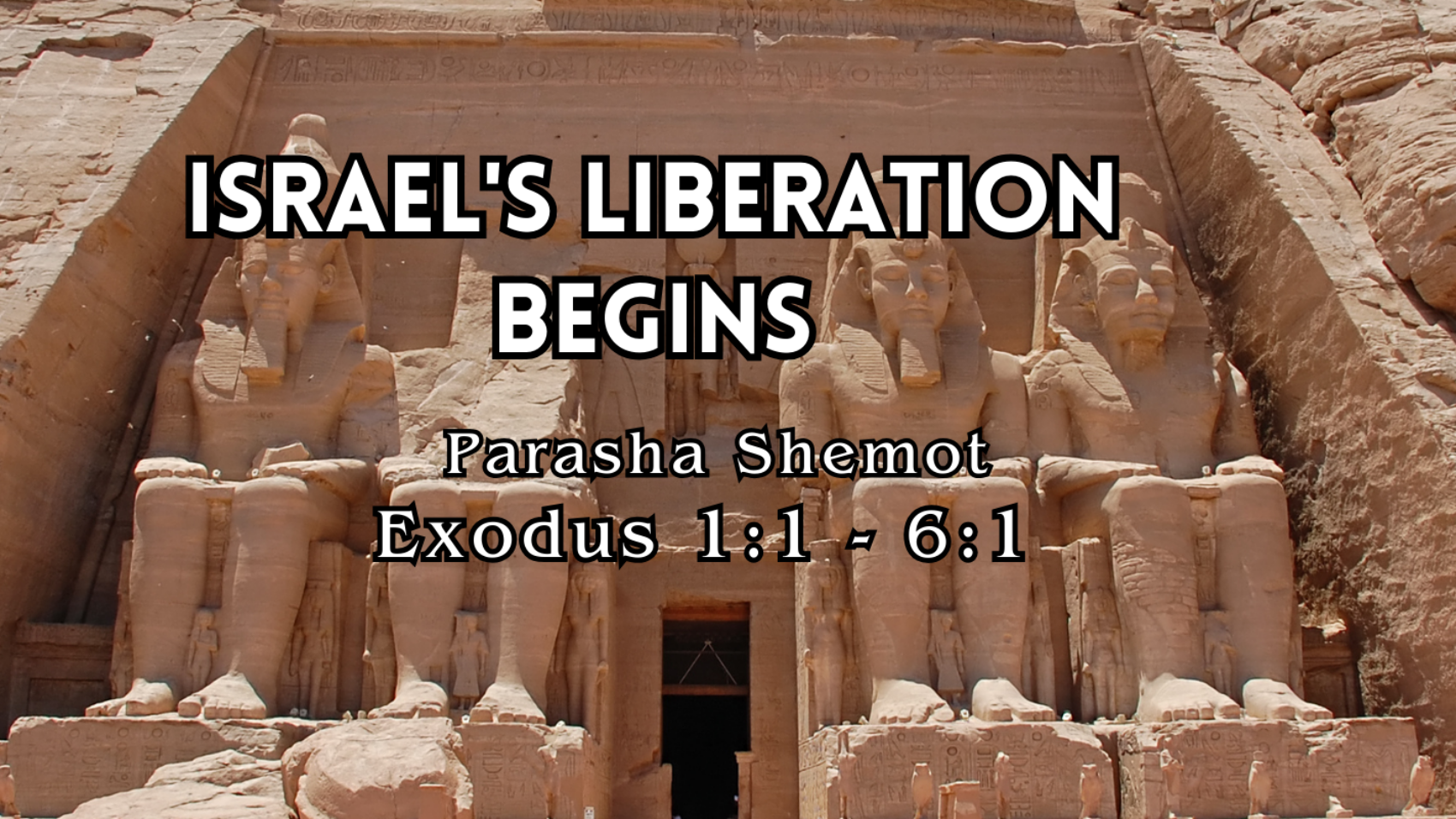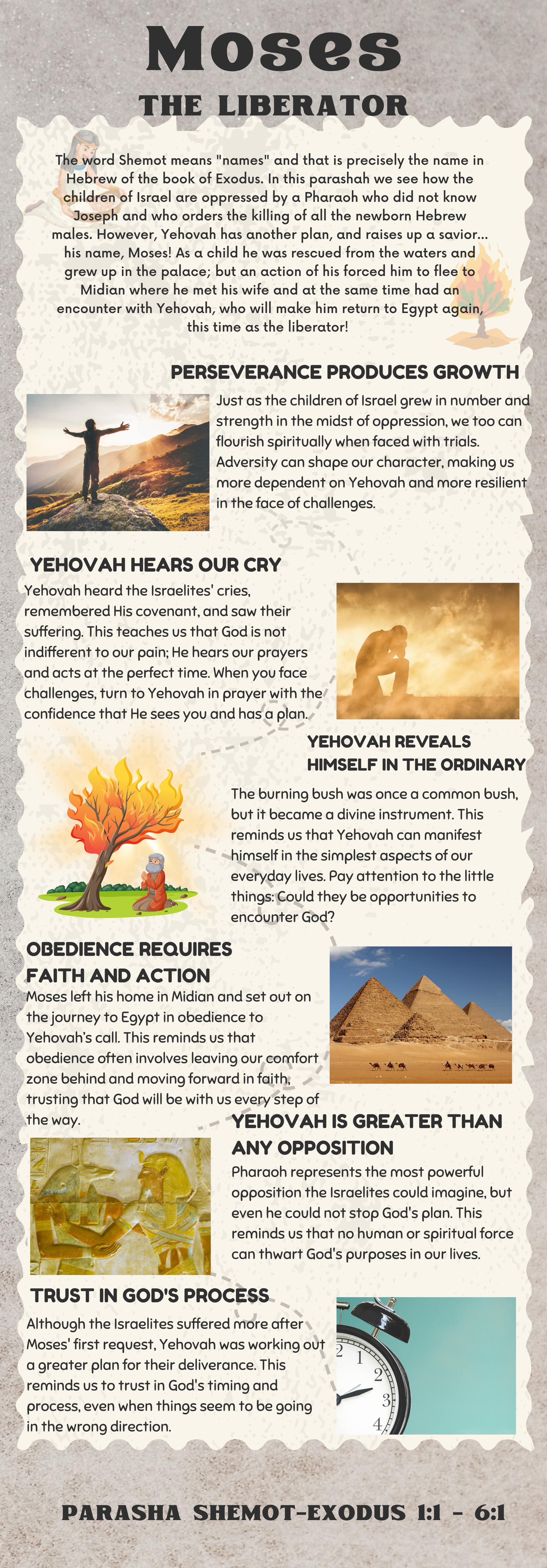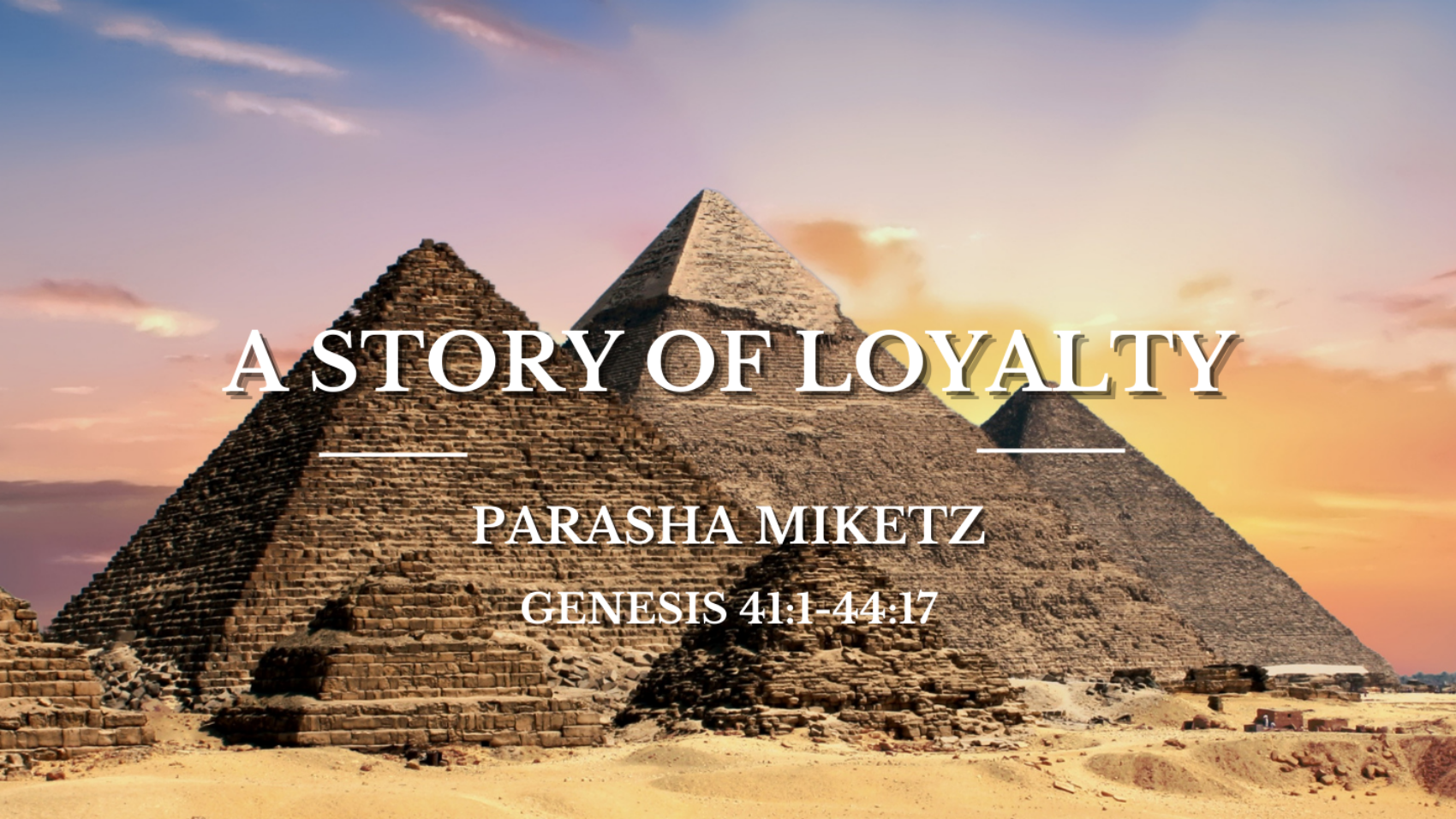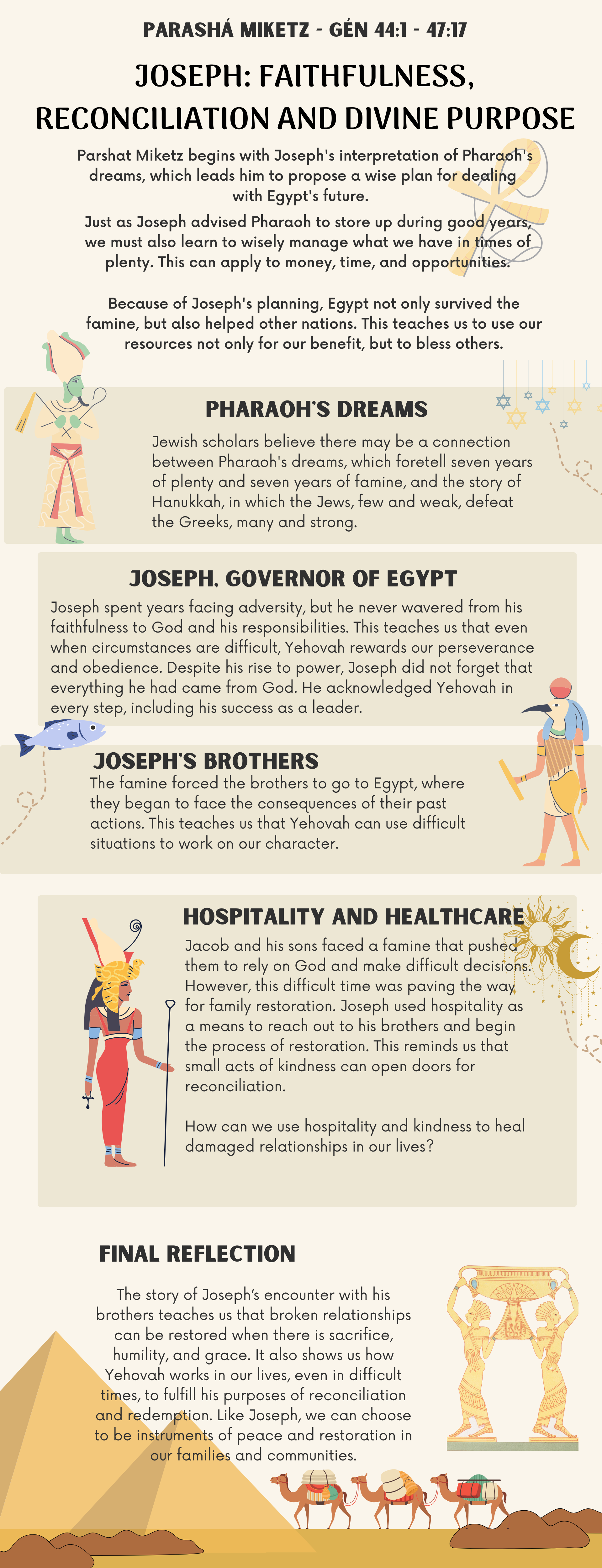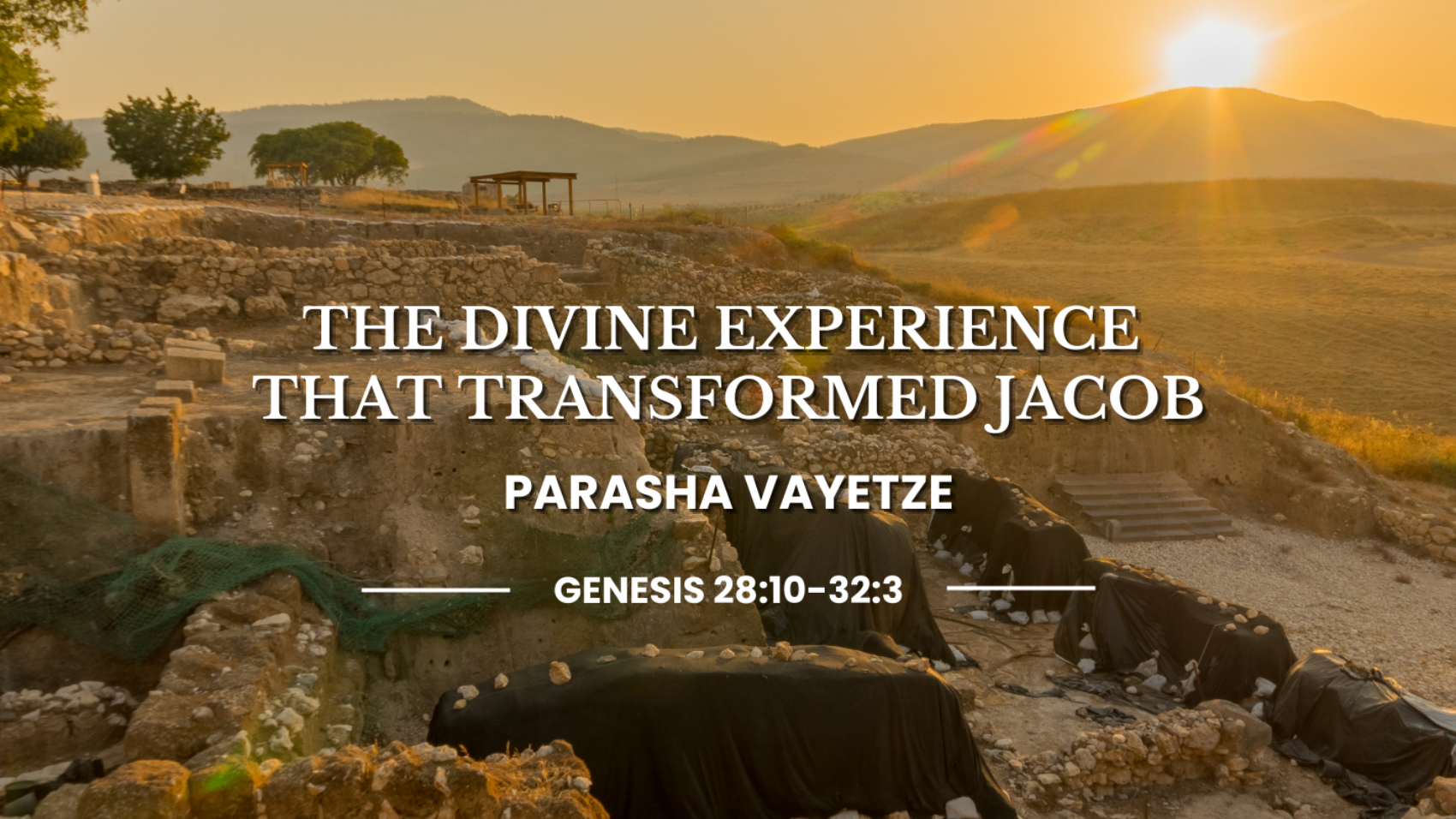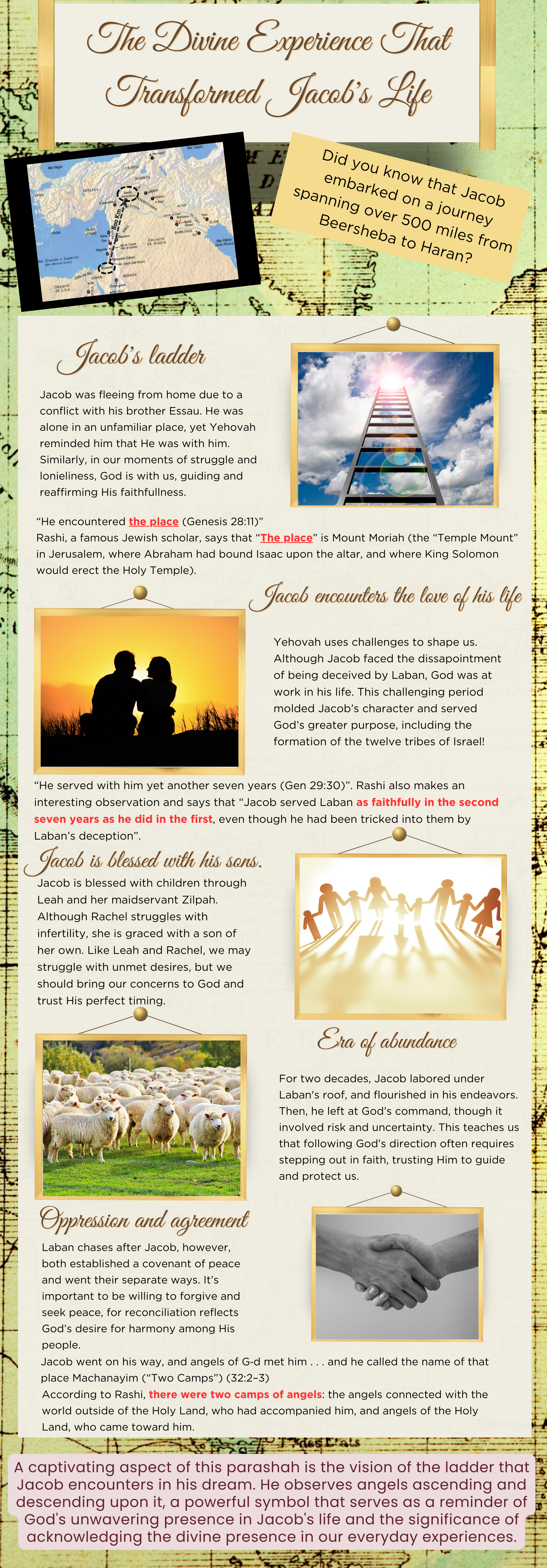Parashah Emor
Leviticus 21:1 – 24:23
The parashah Emor is found in the book of Leviticus (Lev. 21:1–24:23) and focuses on the laws and rituals related to holiness, purity, and service in the Tabernacle. Emor, which means “say to them,” begins with specific instructions to priests on how to maintain their consecration while performing their sacred duties.
From restrictions on who may officiate in sacred service to regulations on ritual purity and holidays, this section of the Torah establishes guidelines for maintaining holiness, order, and connection between spiritual practice and daily life in the congregation of Israel.
In addition, it details the requirements of physical and moral integrity for those who serve as priests, emphasizing the importance of exemplary conduct in the midst of sanctuary service.

“Emor” invites us to reflect on the importance of integrity in our daily lives. The detailed rules for priests and festivals remind us that, although our modern lives are very different, the need to live by high principles and ethical conduct remains fundamental. This parashah also challenges us to consider how we can maintain our own “purity” in a contemporary sense, cultivating values such as honesty, responsibility, and respect for others. Just as the priests had a special role in their community, each of us can look for ways to contribute positively to our society, infusing our daily actions with a sense of purpose and dignity.
The priests also acted as mediators between Yehovah and the people, which was a prophetic shadow of Yeshua’s role as our High Priest. The priests offered blood sacrifices on the altar, foreshadowing Yeshua’s sacrifice on the cross. The blood purified and reconciled the people with the Almighty. The priests had access to the Holy Place and the Holy of Holies in the Tabernacle. This symbolized access to the presence of the Most High. In the same way, Yeshua opened the way so that we can now “approach the throne of grace with confidence and receive mercy” (Heb 4:16).
In summary, the laws for priests pointed to Yeshua as the perfect High Priest, who fulfilled every requirement and reconciled us to our heavenly Father!
